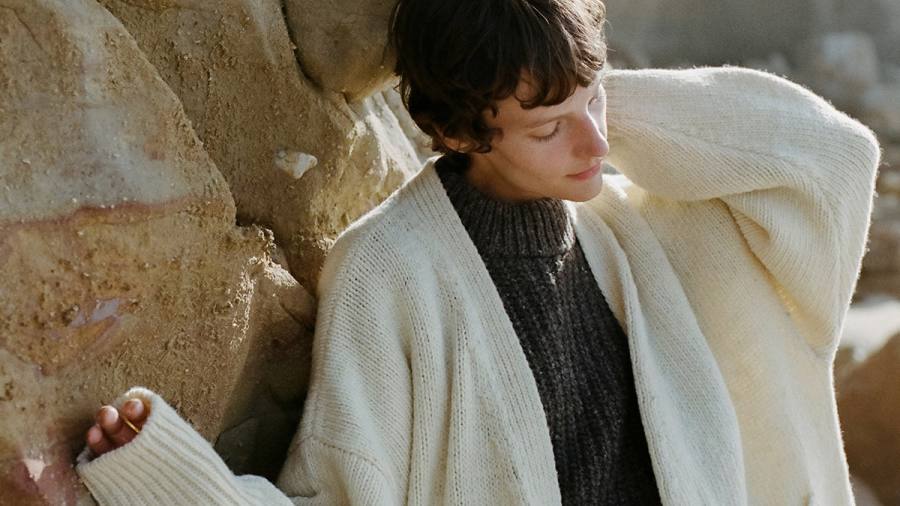“This is Aran, but it’s not your bog-standard Aran,” says Tarlach de Blácam, co-founder of the Irish knitwear label Inis Meáin. He is referring to a sumptuously soft, shawl-collar cashmere and merino sweater with diamond and ropey patterns snaking through it. “It’s not the type of Aran that’s stereotyped, copied and reproduced all over the world. At one time, an Aran could only be called an Aran if it was knitted on the Aran Islands. This is an exclusive Aran.”

Indeed it is, for it’s the only luxury label to call the archipelago off the western coast of Ireland home, which possibly makes it the most remote knitwear brand in the world. Inis Meáin (pronounced “Inishmaan”) translates from Gaelic as “the middle island” and is named after the rocky isle on which the brand was founded. When de Blácam arrived there from Dublin in the 1970s, there was no electricity or running water. Today, he employs more than 10 per cent of the island’s 200 inhabitants, growing the former handknit cottage industry into a stealthy company that sells its snuggly wares to MatchesFashion and Mr Porter, as well as Bergdorf Goodman in New York and United Arrows in Japan.
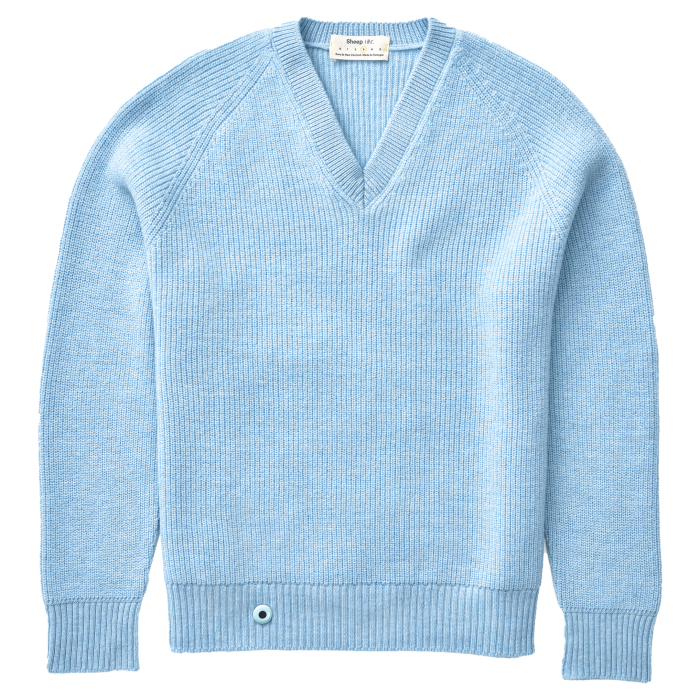
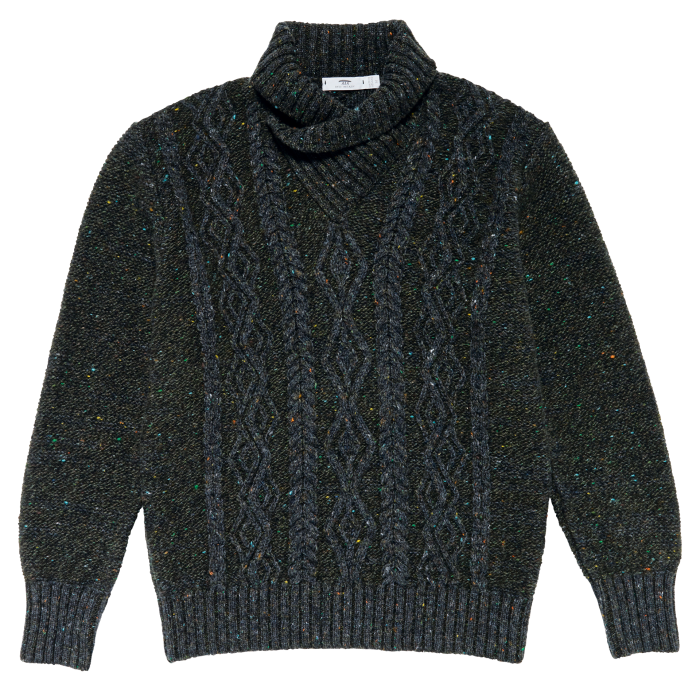
Inis Meáin is one of a number of independent, under-the-radar knitwear brands offering something different from the status quo. Fellow Irish label McConnell weaves tales of Gaelic folklore across its chunky knit sweaters, while Castanea from Co Dublin peddles cashmere cardigans, hoodies and scarves that are ideal for layering. British brand Country of Origin creates technicolour intarsias from its artisanal factory in the English Midlands, while Paris-based label Le Kasha makes its drapey knits in Mongolia.
“The exposure I had to so many brands made me realise that you don’t always have to shout the loudest to get noticed,” says former fashion editor Charlotte Lewis, who launched London-based brand Ven in 2018, selling minimal cashmere travel accompaniments: socks, eye masks, pillowcases and super-soft blankets. She has since expanded into cashmere tracksuits and wrap-over jackets that are a fresh alternative to a button-up cardigan.
This less-is-more mentality is also espoused by New York designer Lauren Manoogian, who utilises undyed wool to create a tonal, neutral palette that is so understated it becomes a statement. “There are no logos or prints, and the clothes aren’t overt or flashy,” says the 38-year-old designer. “It’s more about the tactile experience you have wearing it. Knitwear is quite sensory.”

Manoogian’s studio is in a converted theatre space in Brooklyn, but her wares are hand-loomed by a community of women in Peru. The looms operate without electricity, with each piece individually knitted, ensuring no yarn is wasted. “You can unravel parts and start again if needed, which is difficult to do on industrial machines,” she says. “With hand-looming, you’re physically building the fabric and piece row by row – it is sort of like sculpture.” And while she says it gives each item a unique handle in terms of softness and texture, the extra benefit is that it’s “one of the most sustainable garment production practices”. By using undyed alpaca wool, she also cuts out toxic dyeing and excess water consumption. “In each batch, there are so many different little shades in each inch that make up the overall colour – there is no way I could design that.”

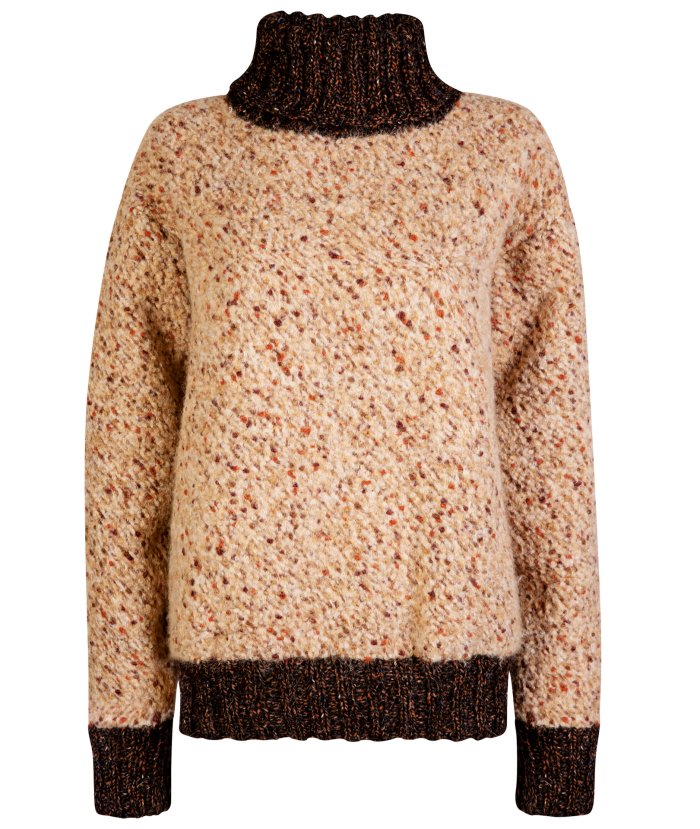
London-based Sheep Inc is also focused on sustainability; it even touts itself as the world’s first carbon-negative knitwear brand. Launched by Edzard van der Wyck and Michael Wessely in 2019, the label began with a simple crewneck sweater that was traceable back to the New Zealand farm – and the very sheep – the wool came from. Each garment is equipped with an NFC tag, enabling wearers to discover when the sheep was last shorn – even whether it has recently given birth. Spanish-based brand Babaa has direct links to a local farm as well. “My grandmother grew flax linen and kept sheep in north Spain, so knowing where the yarn comes from is important to me,” says founder Marta Bahillo, who works with the same weaving families her grandmother did. “We work directly with the shepherds and the mills. The sheep are well cared for and the yarns are not excessively treated. It’s this honest, down-to-earth supply chain.”
Such traceability is a growing trend in knitwear. British designer Joshua Millard grew up on an organic sheep farm in Dorset, and he’s spent the past two years introducing his own vertically integrated supply chain on his family’s farm to produce the yarns and shearlings for his label. The first home-grown sweaters will be available next year. “We started with a small pedigree flock of Teeswater and Bluefaced Leicester ewes, and we will shear the sheep twice a year before spinning and dyeing the yarn,” he says. “I wanted my clothes to have this honesty about them and to create something for the farm for the next generation.”
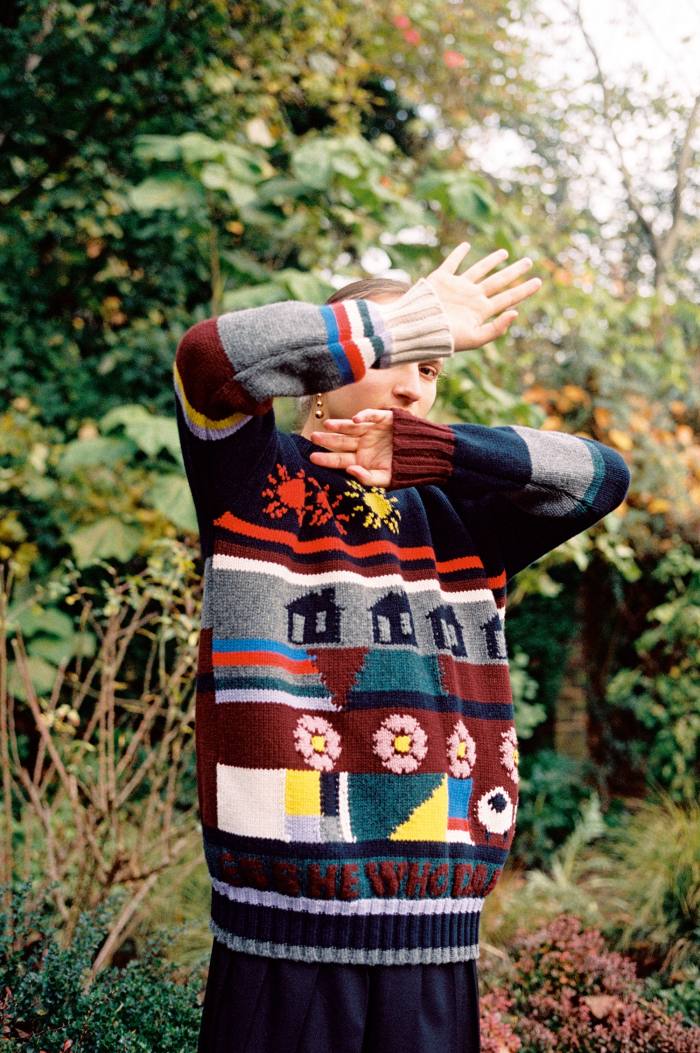
Sustainability doesn’t always look so serious, though. Buffy Reid, co‑ founder of London-based label & Daughter, has just launched a collection that turns waste and deadstock yarns into nostalgic knits with playful patterns. Sweaters come crocheted with sunshine, quaint cottages and cute lambs, while cardigans are hand-embroidered with colourful flora that wend their way up the yoke. “People have quite a staid idea of our brand because we love heritage and our principles are quite worthy,” says Reid. “But I just thought we would all probably need something light, jovial and almost naive at the end of this year.” The sweaters, which are limited to 20 per style, are called “keepsake knits”. “It’s this traditional approach where all the different emblems mean something to you — it’s sort of like a memory sweater,” she says.

There is something profoundly personal about knitwear. It’s often passed down through generations, with each patch and repair giving it a new tale to tell. Indeed, Bahillo says she has blankets she inherited from her grandmother, which were made using her own sheep’s wool and have her grandmother’s initials on. De Blácam, too, is a fan of a narrative thread. Many of Inis Meáin’s knits are named after local fishermen and based on designs created by their late wives. “And we’ve drawn patterns – from the famous stone walls and crooked sickle tools used by farmers to the colours of the seaweed and the cliffs,” he says. The studio overlooks Galway Bay, and his next collection takes from the local currach boats used in ancient times to carry goods ashore from the cargo ferries. “I’m into telling stories,” he says. “But I don’t want to spin a yarn that’s been so often spun before.”

